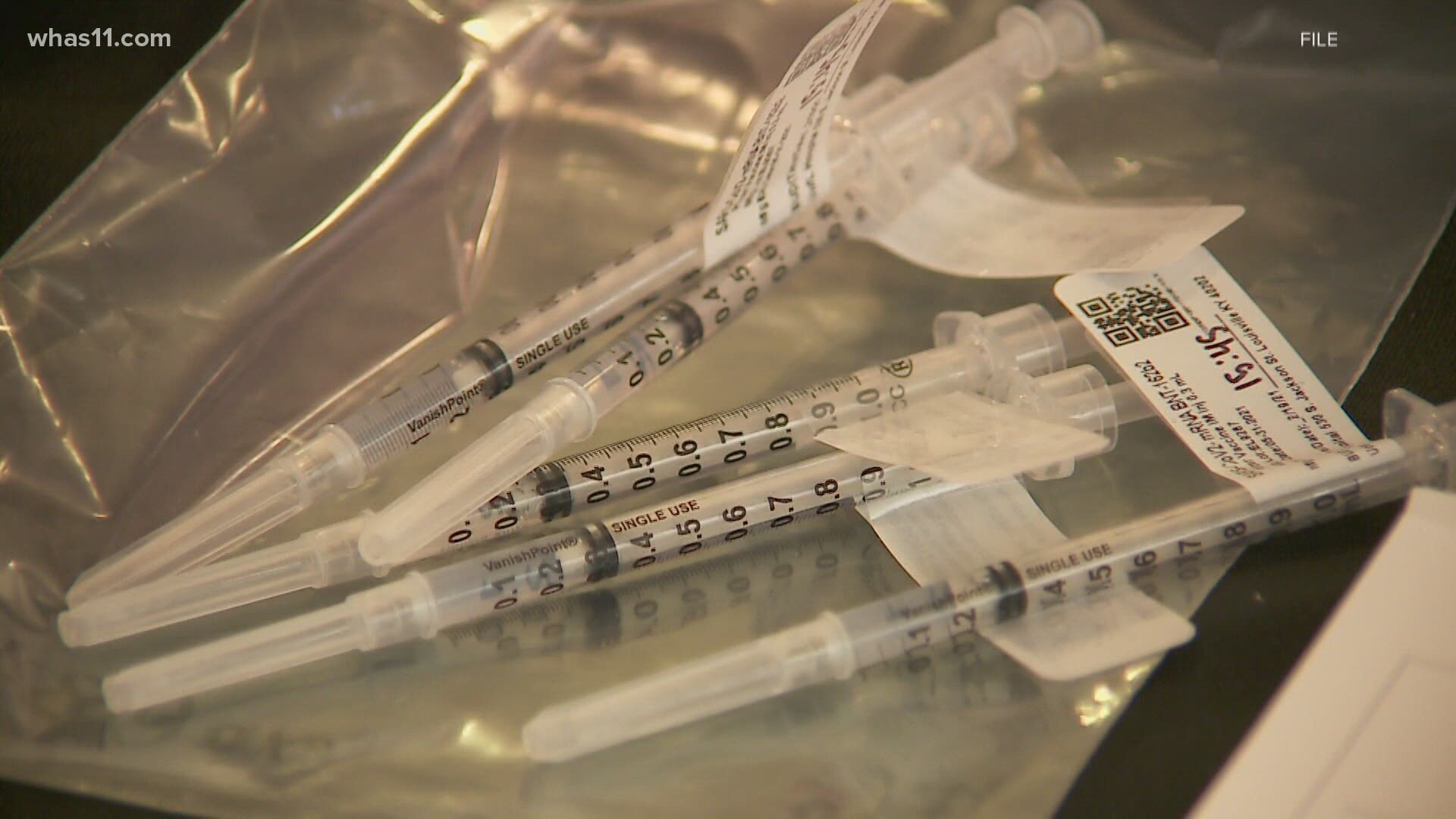LOUISVILLE, Ky. — Since the start of the pandemic, we’ve reported on efforts to prevent the spread of COVID-19 within our prison system.
“It gets to the point where all you want is a hug," said Mekayla Breland. She hasn’t seen her fiancé in over a year. He’s incarcerated at Green River Correctional Complex.
“It’s just really upsetting," she said.
Green River Correctional Complex was one of the first prisons in Kentucky to report an outbreak. And since then, the numbers have multiplied. Within Kentucky’s prison system, there’ve been just under 9,000 positive cases. Nearly 60 people have died from the virus.
“Incarcerated individuals are put on the back burner during this whole COVID situation," Breland said.
Critics like Breland argue action came too slow for her fiancé. While people in nursing homes, who similarly live in large group settings, were eligible to get the vaccine as early as December through a federal program, those behind bars were not. Breland says her fiancé received his vaccine more than three months after many nursing home residents.
“A lot could have happened a lot sooner than they made it happen," she said.
Kentucky is one of 18 states that did not include those incarcerated in their COVID vaccine prioritization phases, according to research from the nonprofit Kaiser Family Foundation.
A spokesperson with Kentucky’s Department of Corrections says they first began vaccinating inmates 70 and older on March 18. They received the vaccine for all inmates on April 5 and set up vaccine clinics throughout state prisons. As of April 13, the Department of Corrections paused the use of the Johnson & Johnson vaccine. They will do this until the state learns more from the FDA and CDC.
“Do you believe state officials acted too slowly in addressing COVID-19 inside prisons?” asked FOCUS investigative reporter Paula Vasan.
“Definitely," said Marcus Jackson, an organizer with the ACLU of Kentucky. “The prison population should have been the first people to receive vaccines.”
Others counter priority was based on need. While the COVID mortality rate in nursing homes has accounted for 36 percent of total deaths in the state, deaths in state prisons have accounted for less than one percent, according to public health data. Still, Breland says delayed action has meant she hasn’t been able to see her fiancé for far too long.
“It’s hard mentally to not be able to see how your loved one is doing," she said.
State officials said Monday vaccinated people will be allowed to see their loved ones behind bars once 80 percent of the prison population has been vaccinated. That effort has been delayed after federal officials recommended pausing injections of the Johnson and Johnson vaccine, following very rare blood clotting cases.
►Contact reporter Paula Vasan at pvasan@whas11.com on Twitter, Facebook or Instagram
►Have a story tip? Contact the FOCUS Investigative team at FOCUS@whas11.com

